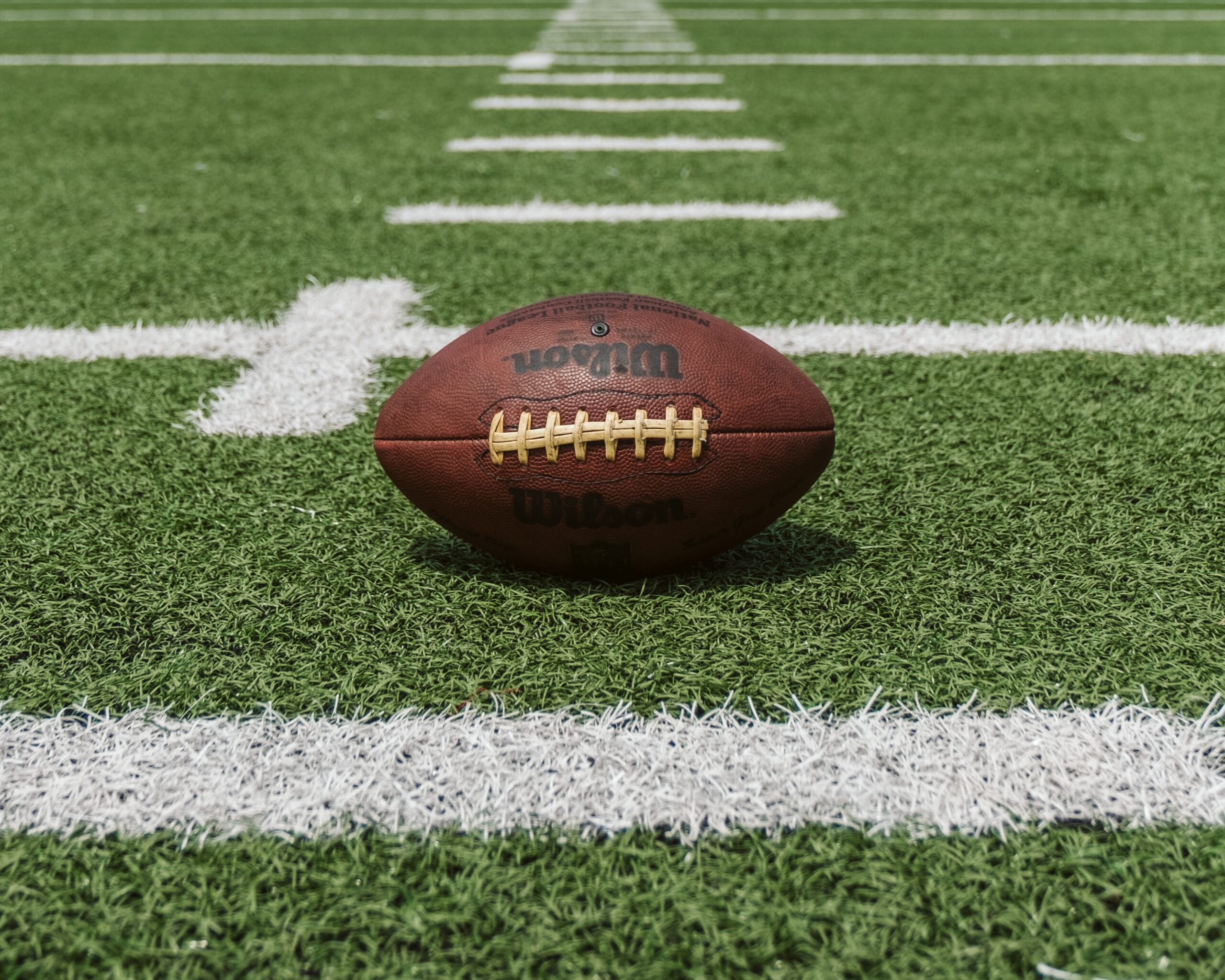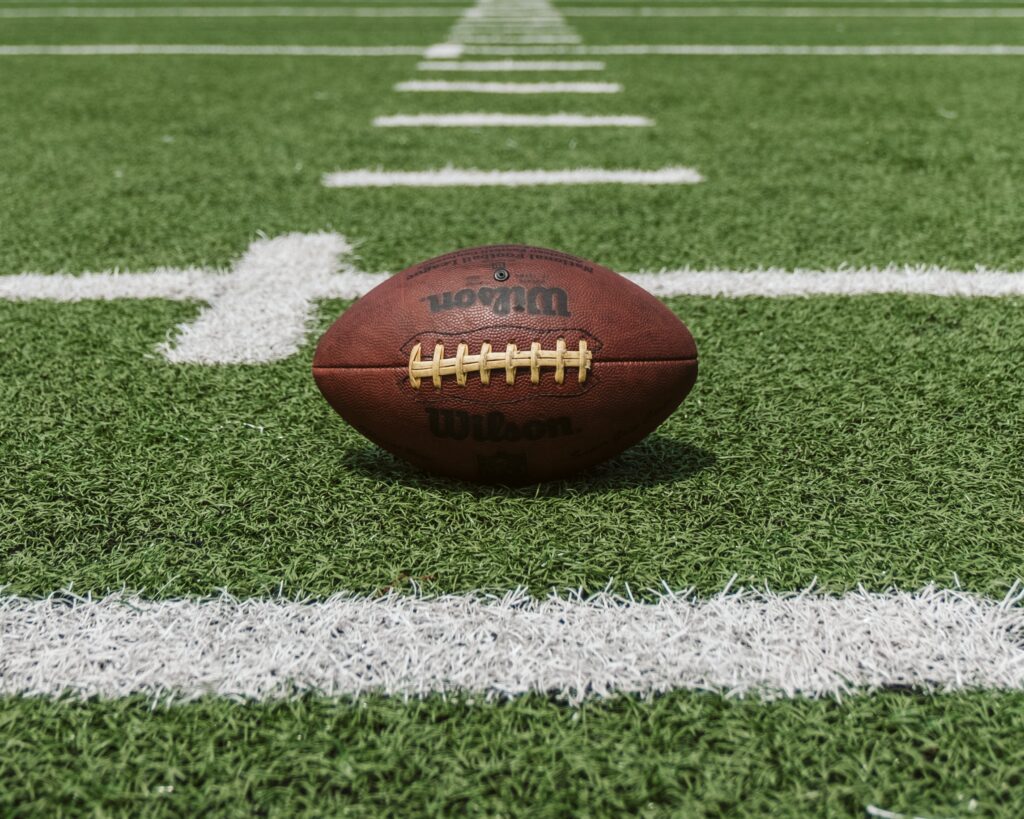Our Super Bowl LVIII Social Media Predictions

A changed social media playbook
As we get closer to another NFL championship game, digital marketing teams are kicking off ad campaigns and opening their playbooks to engage consumers ahead of and during Super Bowl LVII. But in the arena of social and digital media, the playing field has changed significantly since the last time two teams competed for the Lombardi Trophy.
Brand backlash and toxicity
Since the inception of the hashtag, brand marketers and social media managers have taken to Twitter to engage with consumers and sports fans during the Super Bowl. In the past, this was an opportunity to show off creativity (e.g., Oreo’s “Dunk in the Dark” moment).
For brands wishing to engage with consumers during the big game this year, monitoring for toxic replies on X could make the effort more trouble than it’s worth. Trolls and spam accounts will likely be lying in wait to drum up attention by sparking division within the replies of popular posts. And with the Kansas City Chiefs making it to the championship game, it’s likely that many branded social activations will be oriented as much toward Swifties as football fans, which will present opportunities for clever brand messages but will also draw the ire of the most vocal (and verified) social media contrarians.
Mainstream advertiser X-odus
X (formerly Twitter) has seen many of the world’s most renowned brands halt advertising on the platform due to concerns over brand safety. The most recent wave of companies pausing use of the platform included several perennial Super Bowl advertisers like General Motors, Coca-Cola, and Heineken, signaling that these brands may seek to engage fans elsewhere during the game. Without as many reputable brand advertisers, it’s possible that trending feeds could be filled with low-quality and untrustworthy ads.
Alternate platforms for real-time conversation
In years past, Twitter represented the primary forum for real-time conversation. But with rising toxicity and the growth of other social networks, brands and users will be able to follow along and comment on the biggest moments using alternate platforms.
With the introduction of tags to Threads, game conversations may shift to the Meta platform. In recent months, reporters across various beats have taken to Threads with varying degrees of engagement. Sports writers, whose perspectives are highly valued during live sporting events, could lead a real-time defection from X to Threads ahead of and during the game. While Threads’ userbase remains smaller than that of X, communities on the young platform may offer better opportunities to engage. While Meta has not opened Threads to advertisers, the social network could be an opportunity for unpaid engagement with brand pages.
On TikTok, reactions and meme videos corresponding to the game or halftime performance will likely be the most engaging content shared during and just after the game. While this content will be primarily user-generated, brands that are active on TikTok and can move quickly to produce videos that tap into the platform’s zeitgeist may be rewarded with engagement and attention. Advertisers can also look to TikTok to promote key messaging around the big event.
How marketers should prepare
Ad inventory on X may be less expensive than in years past but also may not be worth the risk. Instead, advertisers seeking to participate via paid placements should get crafty with where, when, and what they promote. Alternate channels for paid and unpaid activation during the big game, such as TikTok or Meta’s Threads, could offer marketers the opportunity to test new ideas while much of the U.S. follows the game on television and social media.
For marketers looking to engage with audiences during the Super Bowl, it will be crucial to consider where a brand’s values intersect with what will be happening on the field or in the homes of those watching. Social video and story content that captures the spirit of the event and taps into audience interests in a unique, brand-relevant way will stand out amid the noise.
Overall, we expect planned social activity to be more subdued during the game than we’ve seen over the last decade with fewer brands prioritizing X for engagement. Any significant moments on the field, during the halftime performance, or from ads will certainly draw attention online in real time. But the following hours and days will be when these moments are enshrined into pop culture via brand content, fan commentary, memes, and reaction videos.



